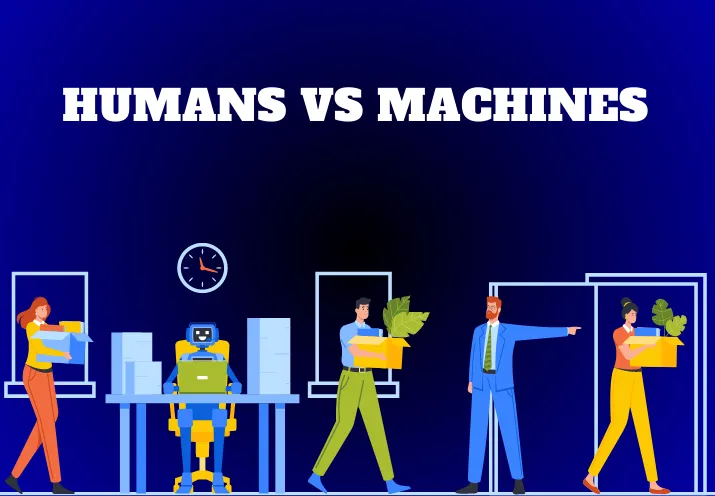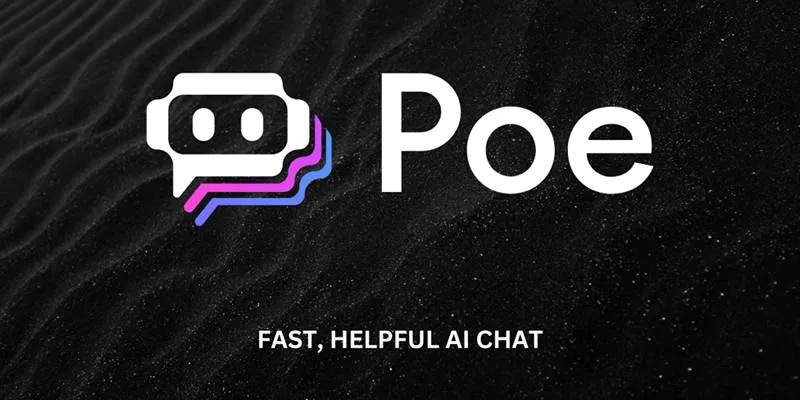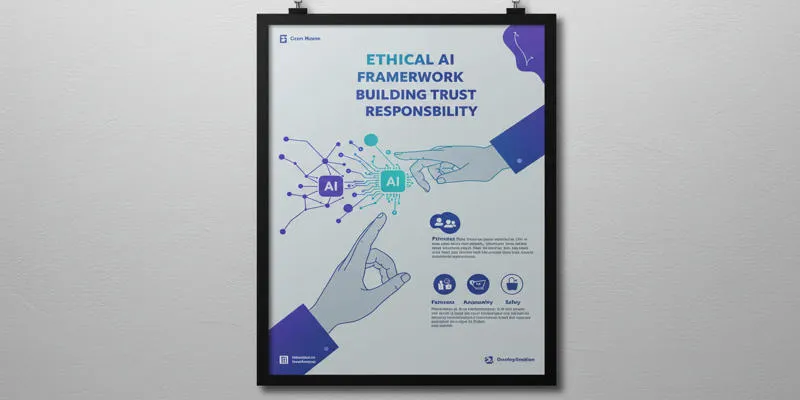You’ve likely heard a lot about AI lately—and not just the kind that finishes your sentences or plays chess like a genius. We’re talking about those large-scale systems called foundation models. They’re trained on oceans of data, speak multiple languages, and can write stories, analyze images, and yes, even label data. But here’s the big question: Can they label data like a human would? Or are they just guessing really well? Let’s break this down in plain terms.
What Does It Mean to Label Data Like a Human?
Labeling data might sound like a boring task, but it’s actually the bedrock of machine learning. Humans do this all the time—deciding whether a message is spam, tagging a photo with “dog,” or identifying sarcasm in a tweet. And we do it using context, emotion, experience, and a pinch of instinct.

When humans label data, they don’t just look at what’s in front of them. They consider tone, intent, background, and patterns they’ve seen before. They know that “great job” can mean very different things depending on who’s saying it, how it’s said, and what came before. That mix of insight and flexibility? It’s tricky to teach, especially to a machine. So, how close are foundation models to pulling this off?
How Foundation Models Are Trained to Label
Foundation models aren’t born knowing what a cat looks like or what sarcasm sounds like. They learn by being exposed to millions (or even billions) of examples. Think: text from books, articles, forums, code, images—you name it. From this massive stew of information, they start picking up patterns.
When asked to label something—let’s say, whether a review is positive or negative—they rely on what they’ve learned from similar content. They don’t “feel” like humans do. Instead, they calculate probabilities. Based on everything they’ve seen, how likely is it that “I loved every second of this experience” means positive? They’re surprisingly good at this. But there’s a catch: good doesn’t always mean human-like.
The Gaps Between Machines and Human Judgment
There are some areas where foundation models impress us. They can tag images with scary accuracy. They can spot trends in spreadsheets faster than any intern. They can even sort customer complaints based on urgency. But labeling data like a human? That’s where things get a little more complicated.
Here’s where they often miss the mark:
-
Nuance in Language: Foundation models may label a sentence like “Wow, just what I needed today" as positive, missing the sarcasm completely. Humans catch the eye-roll; machines often don’t.
-
Context Awareness: Give a foundation model a tweet that says “That was sick,” and it might call it a health-related post. A human, especially one who’s been on the internet, knows it could mean something was amazing.
-
Cultural Sensitivity: Models trained mostly on English-language, Western data might mislabel content from different cultures or languages. A human with local knowledge? Way less likely to make that error.
-
Consistency with Edge Cases: While humans can adjust their judgment for weird or unexpected cases, models tend to falter when the input doesn’t look like the training data. That’s when labels go sideways.
And let’s not forget: models don’t really know what they’re looking at. They’re guessing—very fast and very efficiently—but guessing all the same.
Can We Teach Foundation Models to Label More Like Us?
Now, just because the models don’t naturally think like humans doesn’t mean we can’t nudge them in the right direction. That’s where fine-tuning and prompt design come into play.
Here’s how it works—step by step:
Step 1: Start with the Right Data
Feeding the model high-quality, human-labeled data is key. This includes all the messy, nuanced, sarcastic, and emotion-filled content that makes human judgment unique. The more diverse and balanced the data, the better the model’s foundation.
Step 2: Tune with Purpose
Once the model has its base training, developers can fine-tune it with specialized tasks. This means teaching it to label tweets, emails, or product reviews based on human examples. And not just a few hundred thousand, if not millions.
Step 3: Set Clear Prompts
Foundation models respond to prompts. Ask vaguely, and they’ll give you a vague answer. Ask clearly, with examples and structure, and they’ll often do better. For instance, instead of saying “Label this post,” you might say, “Is the tone of this message positive, negative, or neutral? Think about sarcasm and informal slang.”

Step 4: Use Human Feedback Loops
One of the smartest things researchers have done is include human feedback in the training process. When a model gets something wrong, a human corrects it, and the model learns. It’s like digital coaching. The more this happens, the more the model starts mimicking the way we think.
And yet, even after all that, there’s a ceiling. Foundation models still aren’t conscious. They don’t reflect or reason the way we do. They simulate understanding—and they’re good at it—but they’re not infallible.
Wrapping It Up
So, can foundation models label data like humans? Sometimes. In fact, they’re often used in tons of real-world applications. But they’re not perfect clones of our thinking. They’re learners, not feelers. They thrive with clear rules and massive data, but they stumble on emotion, culture, and context.
That’s why pairing them with human oversight still matters. As smart as they are, foundation models are still students of our behavior—copying patterns, guessing intention, and doing their best to keep up. They can scale quickly and handle tasks that would take teams of people days to finish. But when precision matters more than speed, human eyes still lead. And honestly? That’s pretty impressive.
For further insights, explore OpenAI’s research on foundation models and Google’s approach to AI ethics.
 zfn9
zfn9























